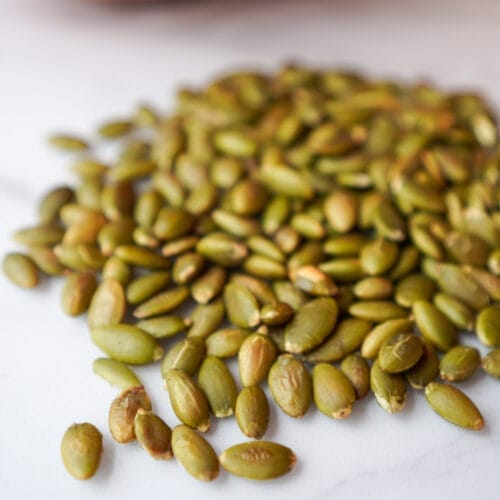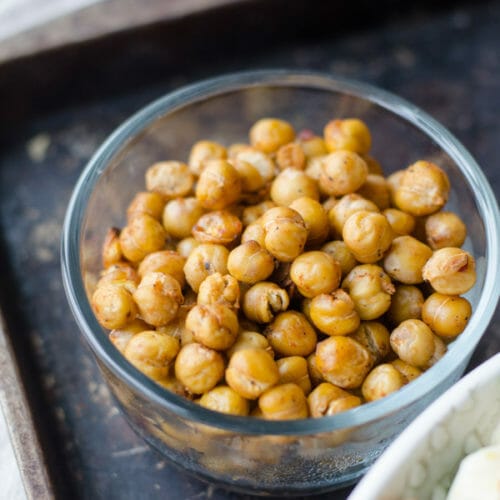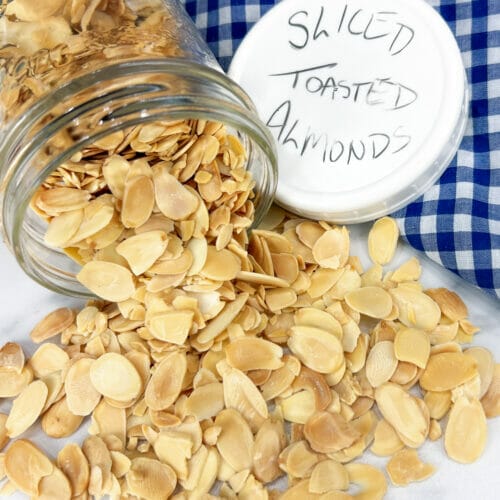Homemade Soup: 11 FAQs about Making Soup
Homemade soup can be a simple & comforting meal – but not if your soup is bland and lacking in flavor! Many of us have learned to make soup on the fly – perhaps just adding vegetables along the way or using up what’s in the fridge. This doesn’t always create delicious soup. Or maybe you make soup following a recipe and want to make your own? If you have questions about making really good soup, here are answers to the top 11 questions I get about making amazing homemade soup.
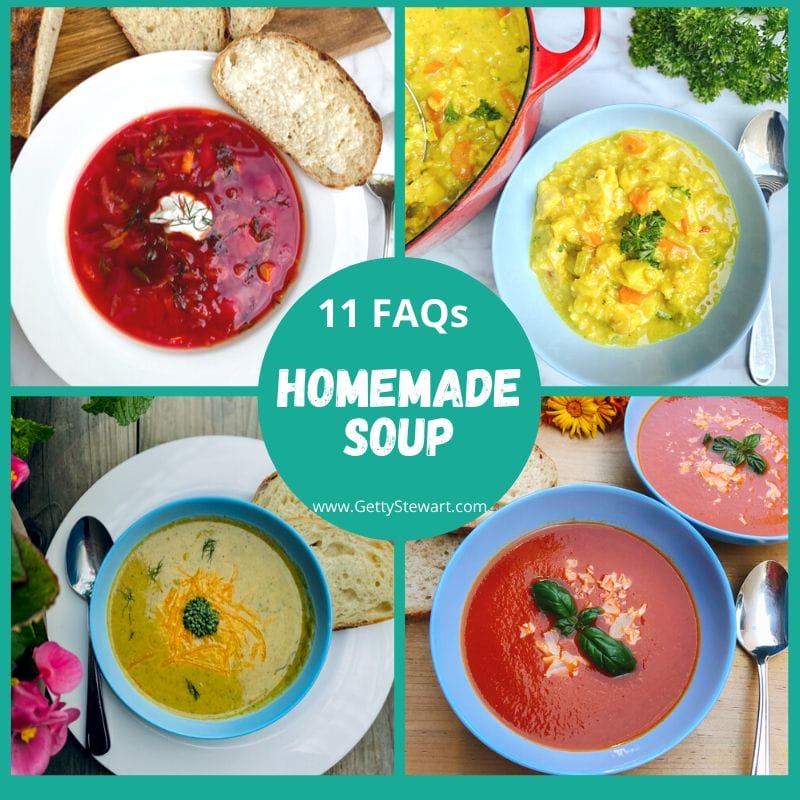
Also Read: 7 Ways to Add more Veggies to Soup, Make Stock with Leftovers, Homemade Tomato Soup.
Make Really Good Homemade Soup: 11 FAQs Answered
1. Is it better to simmer soup with lid on or off?
It all depends what you’re trying to do with your soup!
- Keep it on if you want to cook a little faster and added moisture is not an issue.
- Keep it off to evaporate some liquid and make a thicker soup.
- Keep it slightly askew for the best of both.
2. Why is my stock jiggly like jelly?
When you make stock or broth with bones and connective tissue (joints, tendons, feet, etc.), collagen dissolves and turns into gelatin (the ingredient used in Jello). When it cools, it thickens and gets jiggly and gelatinous – unless you have too much liquid in your stock.
- Jiggly stock is considered a sign of high quality stock. Well done!
- That jiggly gelatin adds flavor, texture and extra nutrients to your soup.
- To get more gelatin, simmer (don’t boil) for long time, add more connective tissue, cut bones and don’t add too much water to the pot (just covering).
- The gel will melt into liquid once you heat it – don’t thin it with water before using.
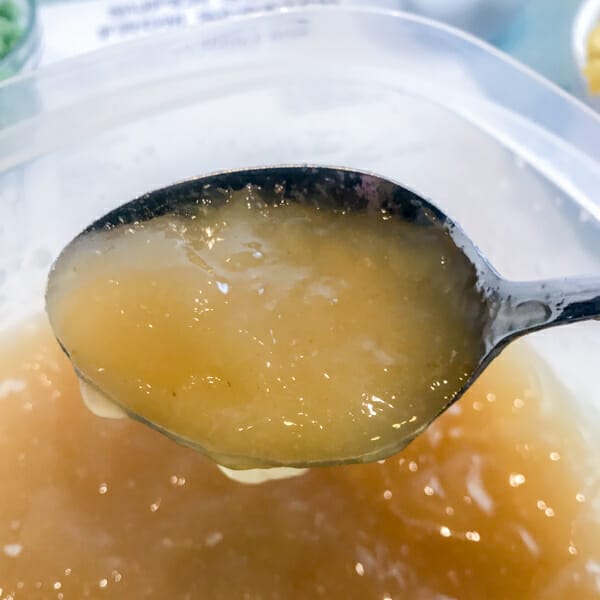
3. How do you make stock more flavorful?
Our homemade stocks will never be as concentrated as store bought stocks – because we don’t add as much salt, sugar, MSG and other preservatives as commercial stock – and that’s a good thing! Think of your stock as a starting point for your soup – not the finale of your soup. You’ll build flavor in the recipe that you’re using your stock in.
In my Super Soup Stock ebook, I go over ingredients and techniques to ensure your stocks and broths are souper flavorful. To get you started, here are the top two rules for more flavorful broth
TOP TWO RULES FOR FLAVORFUL STOCK/BROTH
- Start with a good ratio of water to ingredients. Many people add WAY TOO MUCH WATER. Only add enough just to cover the veggies and ingredients in your pot. To make it worthwhile, freeze scraps and bones (if using) until you have a good pot full.
- Simmer, don’t boil. Do NOT boil the dickens out of your stock for hours on end. Simmer veggie stock for 2-3 hours, no longer. Simmer is just below a boil.


All the best soups start with a GREAT base.
Learn top tips and get 5 recipes for the best and only soup stocks you’ll ever need. Master these skills and these recipes and you’ll boost your overall cooking skills. These stocks are the foundation of soups, stews, sauces, pasta and rice dishes. $9 pdf (ebook) – download & save to all your favorite devices.
4. How do you purée soup?
Purée your soup for a smooth, consistent texture and to better blend the flavors.
- A hand-held immersion blender works well. Blend a little longer than you think to get all the lumps!
- For even smoother soup use a blender. But do so carefully! Hot steam builds up in the container and will explode out of the top. Follow the safety tips in the box.
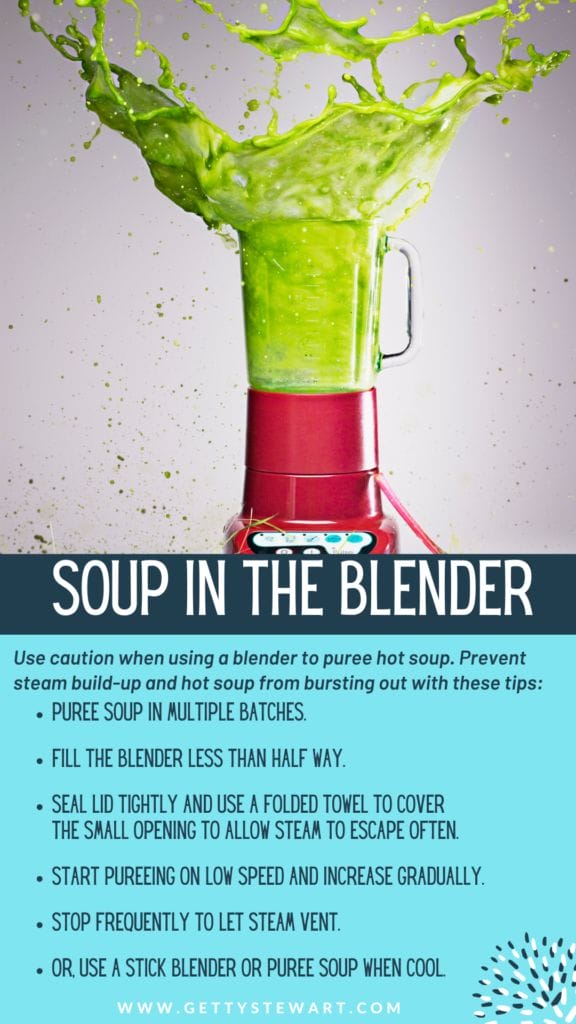
5. Can you fix burnt soup?
Sorry, but burnt soup is impossible to FIX, just save what you can!
- Remove from heat immediately and DO NOT STIR!
- Nothing can remove the burnt flavor. The only hope is to save any portion of soup that doesn’t taste burned, so do not stir the soup.
- Ladle out the top portion of the soup into a new pot. Taste to ensure it does not taste burnt.
6. How can I thicken soup?
Here are my 6 favorite ways to create thick, creamy soup.
- Dairy or Alternates – Add cream, cheese, evaporated milk, whole milk or alternates like coconut milk.
- Flour or Cornstarch – Mix 2 Tbsp of cold water with 1 Tbsp flour or cornstarch in a separate bowl. Slowly stir into hot soup and bring to boil to thicken. Once thick, reduce heat and add the finishing touches to your soup.
- Potatoes & Starchy Veggies – Potatoes (especially russet potatoes) and other starchy vegetables like carrots, sweet potatoes and squash can be puréed to create a smooth, cream like thickness to soups.
- Pulses – Red lentils, pureed white beans or well-cooked chickpeas can add thick texture to a soup.
- Stale Bread – Here’s a tip from my mom! Soak torn pieces of stale bread in a small bowl of strained liquid from the soup. When it’s good and soggy, purée and add to soup.
- Beurre Manié (kneaded butter) – Mix equal parts flour and butter into a thick paste. Whisk little bits into simmering soup a little at a time allowing it to boil and thicken before adding more as needed. (Read more in the Cabbage and Potato Soup Recipe)

7. Can you put noodles and rice straight into soup?
It all depends when you are going to serve your soup and if you want leftovers!
- For best flavor, cook them in the soup, especially if making a small batch or you don’t mind puffed rice.
- For big batches, cook them separately. Rice and pasta will swell and become mushy if left in the soup for too long.
- To prep large batches to last the week, cook and store separately, then combine when reheating.
- For freezing soup, cook them separately. Rice and pasta do not freeze well in soups.
8. How long does soup last in the fridge?
A good rule of thumb is 3-4 days. For longer storage, freeze it.
- Cool soup quickly: separate into shallow containers or use an ice bath before storing in a container in the fridge.
- Never leave soup out for more than 2 hours.
9. Do soups freeze well?
Most soups freeze quite well for six months before quality deteriorates.
- Cool quickly and completely before freezing.
- Freeze in convenient sizes, either family size or individual portion sizes.
- Always leave room for expansion in the container.
- Label and date the soup so you know what you have and by when you should eat it.
- Soups that do NOT freeze well due to texture concerns are:
- Dairy/cream soups
- Pasta soups
- Soups with big chunks of potatoes (puréed potatoes are fine)

10. How do you fix salty soup?
This is a difficult problem to fix but here are some last resort ideas to try.
- Dilute it – add more low sodium stock, water or tomatoes.
- Overpower it – add other ingredients to distract from the saltiness – vinegar, lemon juice, cumin, paprika, hot sauce, sugar, etc.
- Remove it – add starchy ingredients like potatoes or bread that will soak up the liquid, then remove the starches and add non-salty liquid.
- Rinse it – in extreme cases if you have a chunky broth soup, you can pour soup through a colander. Toss the liquid, rinse the chunks and use them with new broth or roux based sauce.

11. How do you increase flavor in soup?
Here are my top tips for adding and boosting flavor.
- Add Acid – a little lemon/lime juice, vinegar, yogurt, sour cream or wine can brighten the flavor of soup.
- Add Umami Flavor – use soy sauce, dried mushrooms, Parmesan, miso paste, fresh mushrooms, nutritional yeast, bouillon powder or fish sauce to boost the umami flavour.
- Use Salt – Just the right amount of salt makes all the other ingredients do their job better! BUT be careful not to add too much – add salt at various stages and taste test. Start small and add more. Oh and watch the salt in stock!
- Roast Ingredients – Whether it’s meat or veggies, roasting adds additional flavor. Yup, even if you’re using a crockpot!
- Add Various Herbs – Fresh or dry, hardy herbs like thyme, sage, oregano, rosemary can be added early while fresh, tender herbs like basil, cilantro, parsley, dill and green onions are best added just before serving.
- Sauté Aromatics and Spices – Get off to a good start by lightly sautéing aromatics like onions, garlic, celery, ginger, hot peppers and fragrant spices like cumin, mustard, fennel, coriander seeds.
- Garnish – Finish off a bowl of soup with irresistible toppings like seasoned croutons, hot pepper flakes, hot sauce, sesame or truffle oil, grated cheese, toasted pepitas, nuts, bacon, fried charcuterie meat, fresh herbs, squeeze of lime or lemon, dollop of sour cream, and so on.
Flavorful soup is surely the most important issue of them all! For even more ideas get this free pdf guide to help you make Super Soup, every time.

Super Soup – every time!
Soup offers an affordable source of delicious comfort. And, they’re easy to make – once you know all the tricks. Grab this FREE pdf guide with all the skills & tips you need for amazing homemade soup, every time you cook.

Favorite Soup Recipes
If you aren’t ready for DIY soup just yet, here are some of my favorite soup recipes for you to try.
Creamy Soups
Thick & Chunky Soups
- Mulligatawny – Curry Chicken & Apple Rice Soup
- Chicken Corn Chowder – award winning!
- Lentil Soup – Vegan or with Bacon – option to puree it smooth
- Ultimate Mix & Match Chowder Recipe – choose your filling – clams, ham, corn, cauliflower, etc.
- Beef Stew with Red Wine
- Crockpot Bison Stew
More Classic Soup Recipes
- Sausage & Bean with Kale
- Thai Red Curry Soup
- Classic Chicken Noodle Soup
- Roasted Tomato Soup with Herbs
- French Onion Soup with Cheese Toasts
- Beet Borscht with Beans – Vegetarian
- Ham and Bean Soup
- Stinging Nettle Soup
- Thai Inspired Butternut Squash Soup
- Beef and Barley Soup
- Vegetable Hamburger Soup
Garnish your Soup with Extra Flavor & Texture
Got a question or recipe to share that’s not listed above? Let me know in the comments below or touch base with me via Instagram at @getgettys or Facebook @GettyStewart.HomeEconomist.
Select, store and serve seasonal food for everyday cooking with Getty. Getty is a food educator and Professional Home Economist, who loves sharing tips and recipes following the seasons from her Canadian kitchen. Sign up to get seasonal tips and recipes delivered to your inbox. Learn more about Getty or check out her books and pdf guides.




